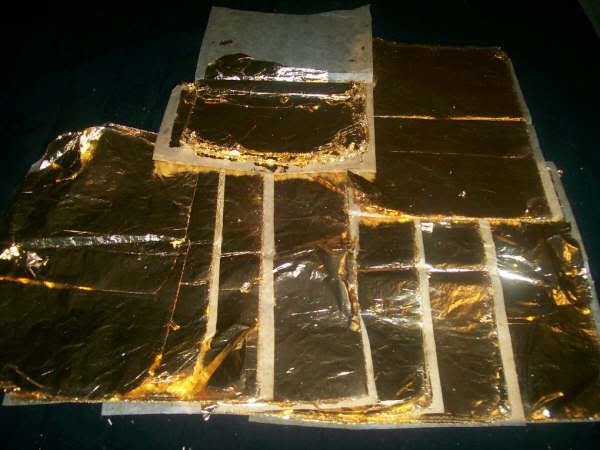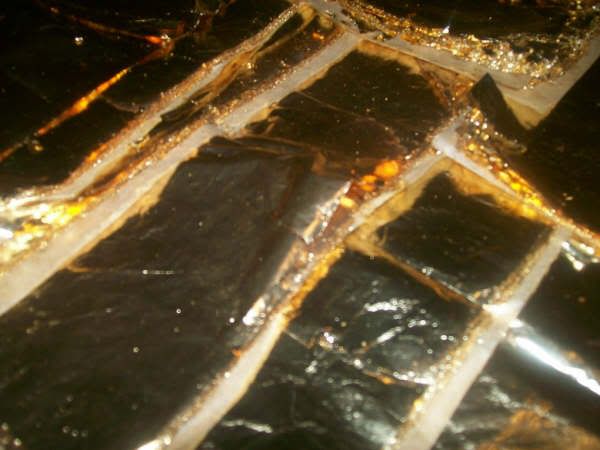I have had an offer of a substantial amount of gold leaf, processed in the 1950's.


The client claims to have about 4.5 troy ounces of this material.
Any thing that I should be aware of before trying to buy it?
TIA,
fasTTcar


The client claims to have about 4.5 troy ounces of this material.
Any thing that I should be aware of before trying to buy it?
TIA,
fasTTcar










































































